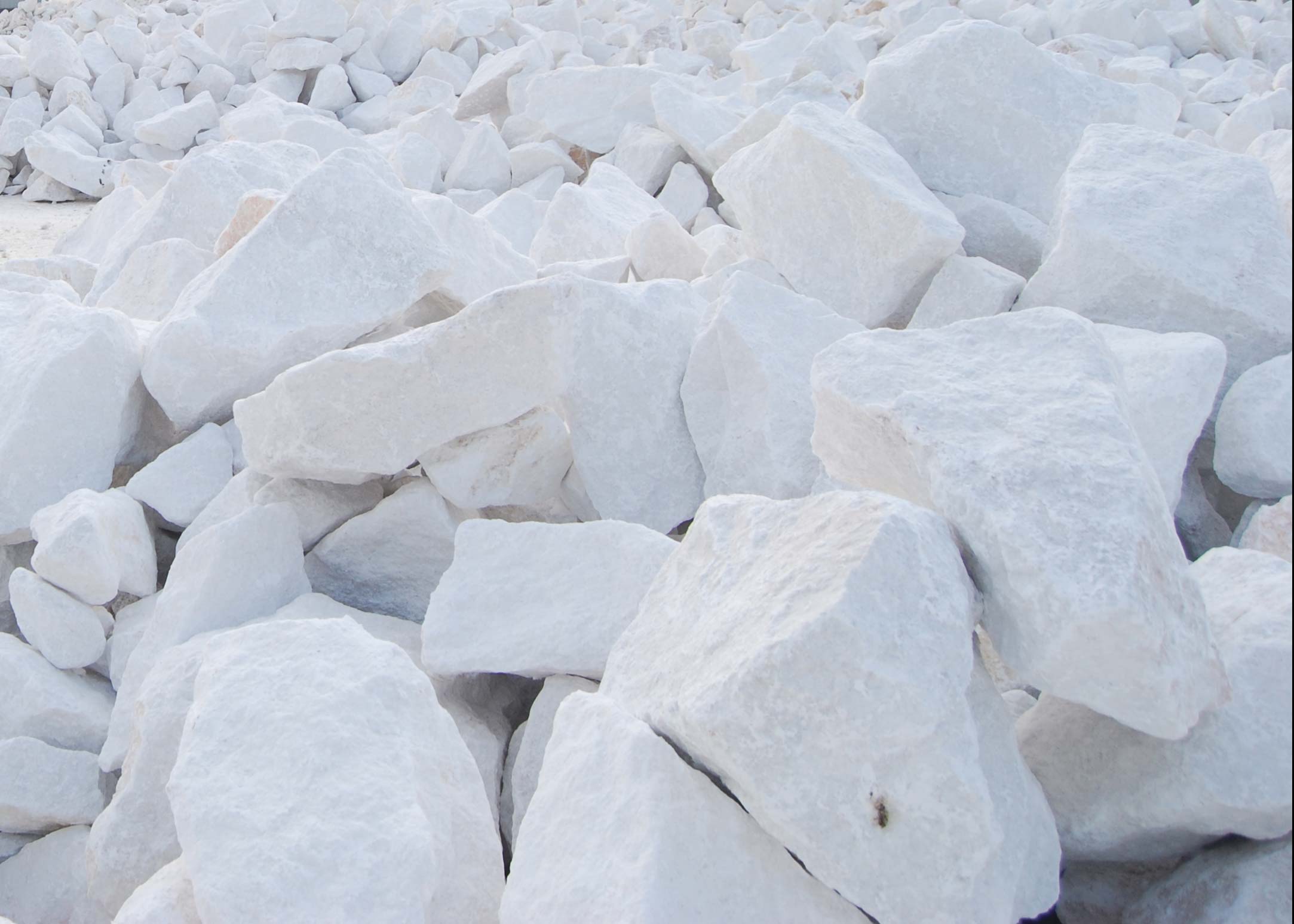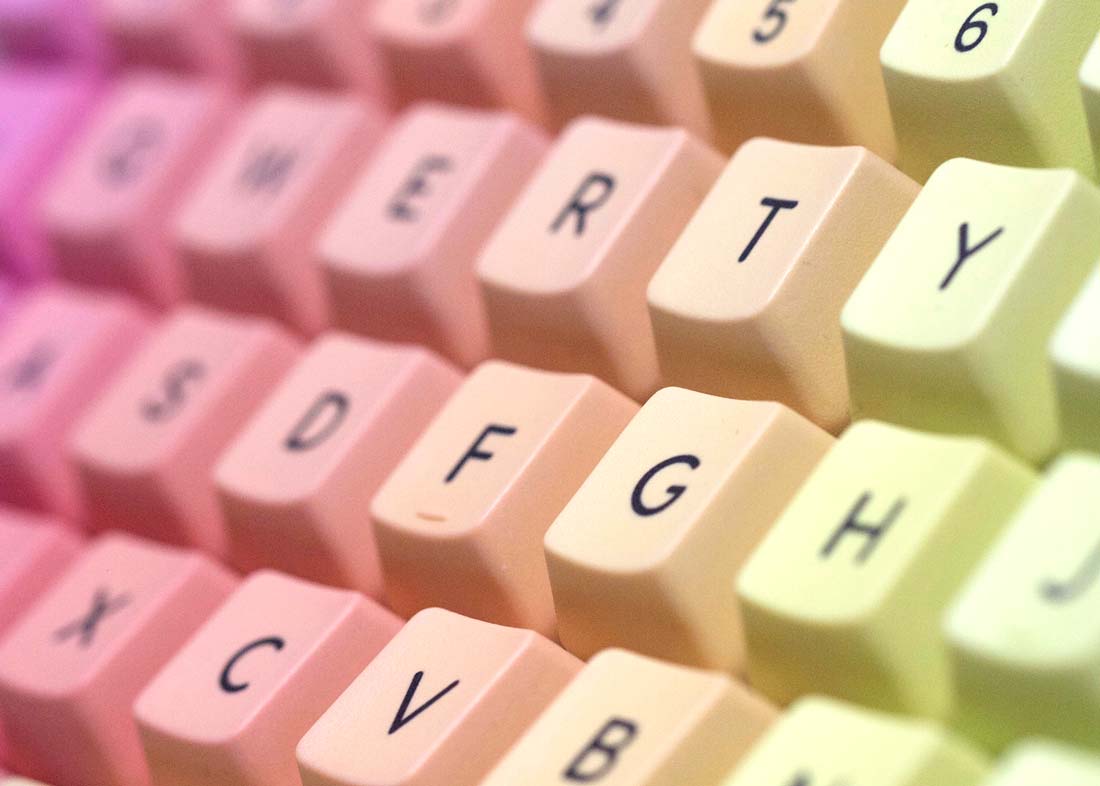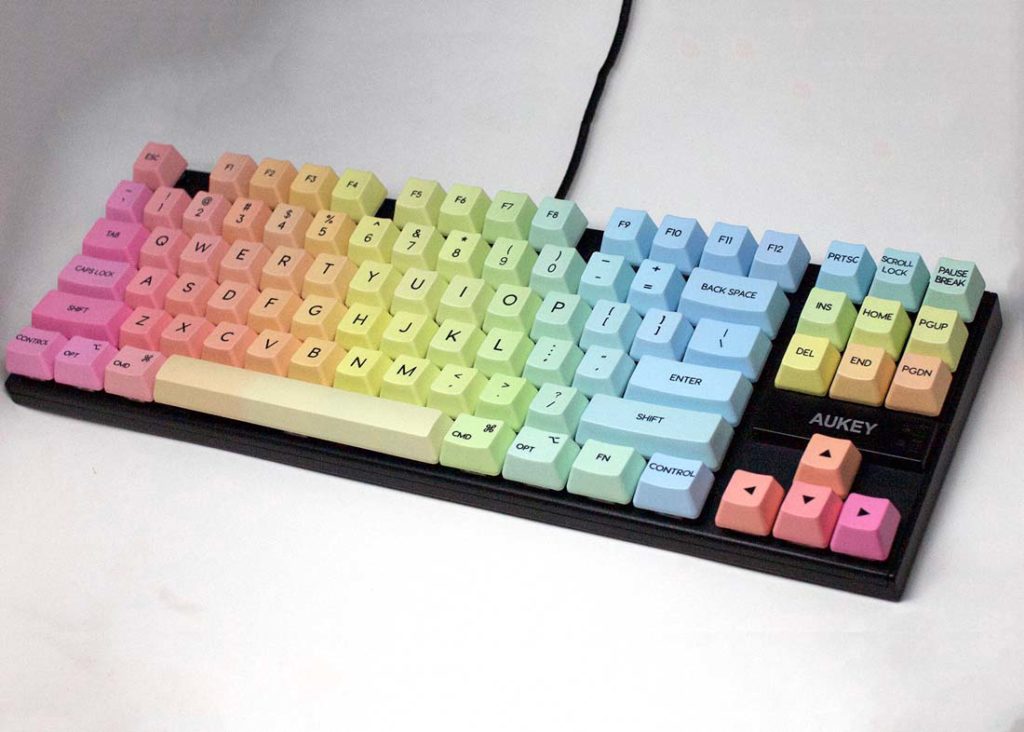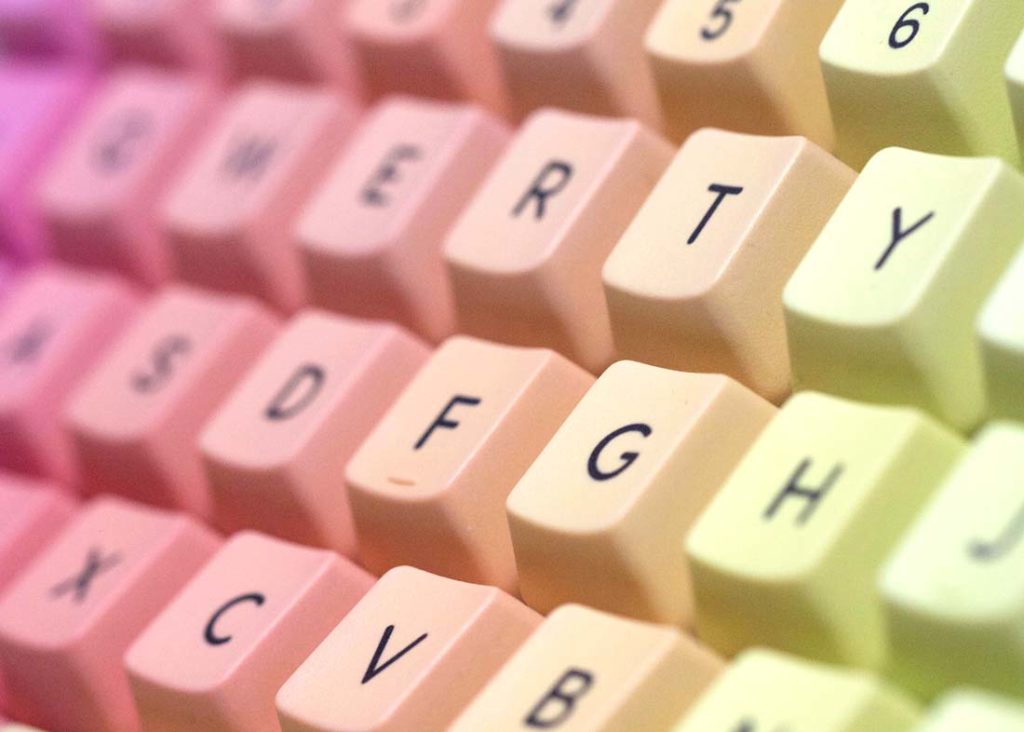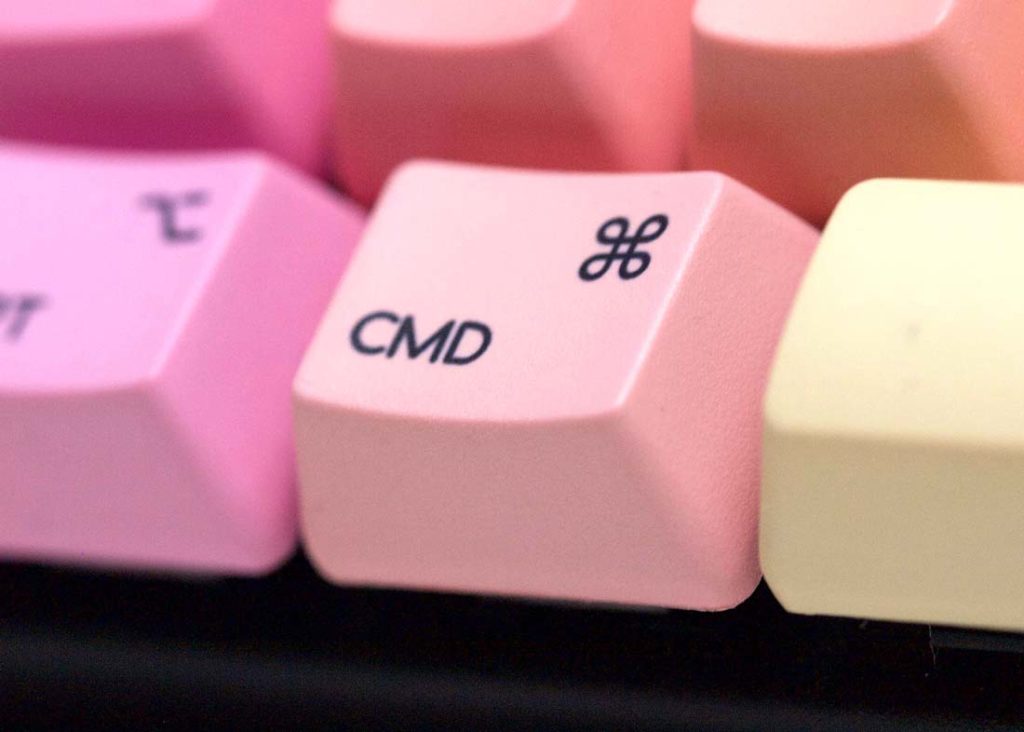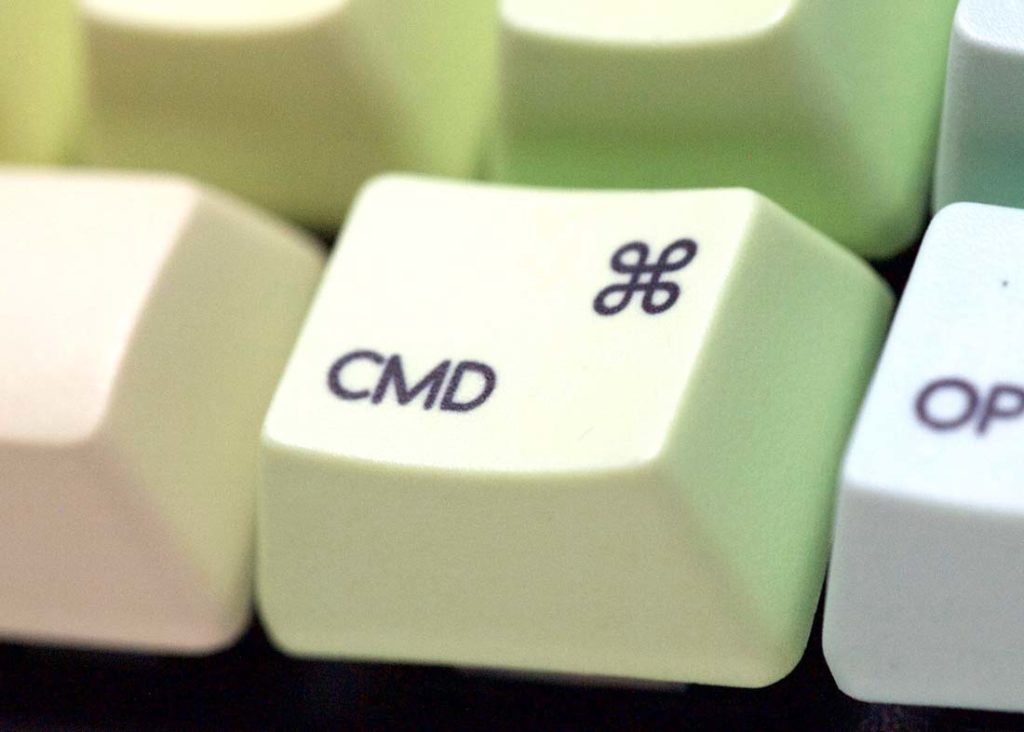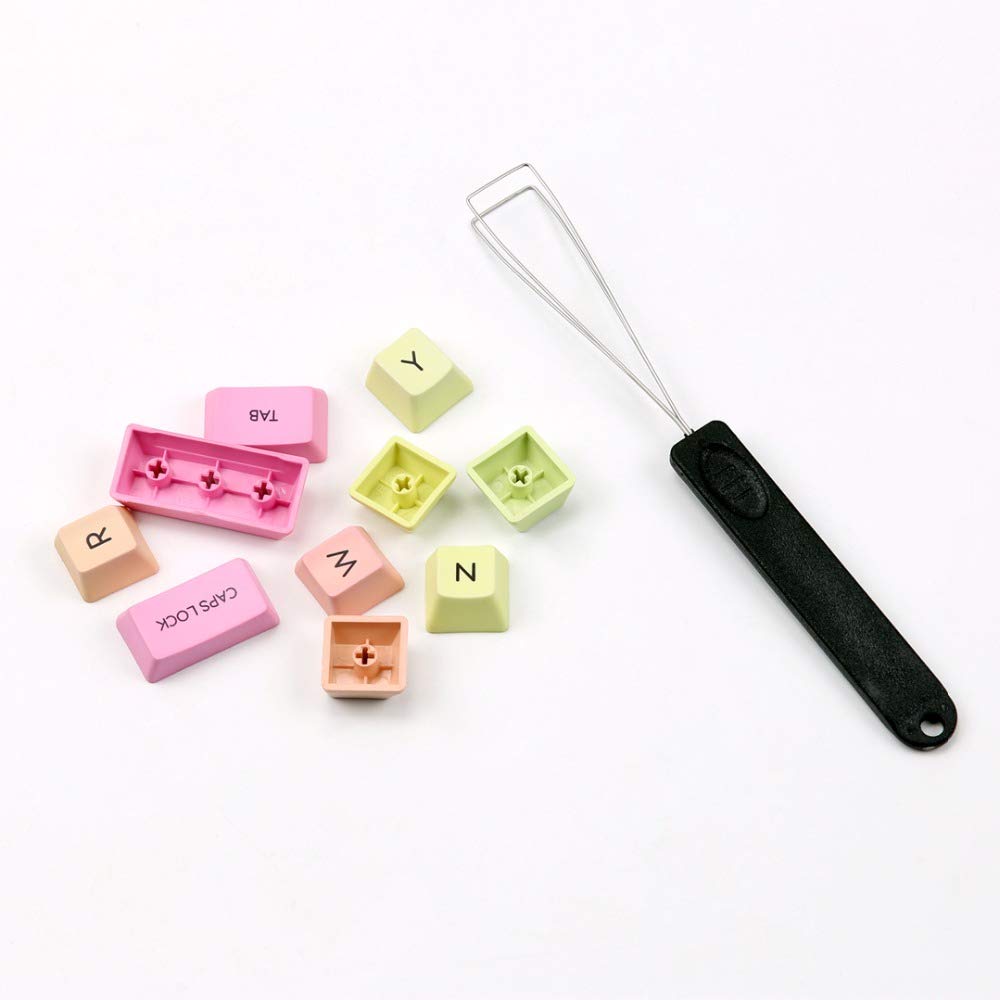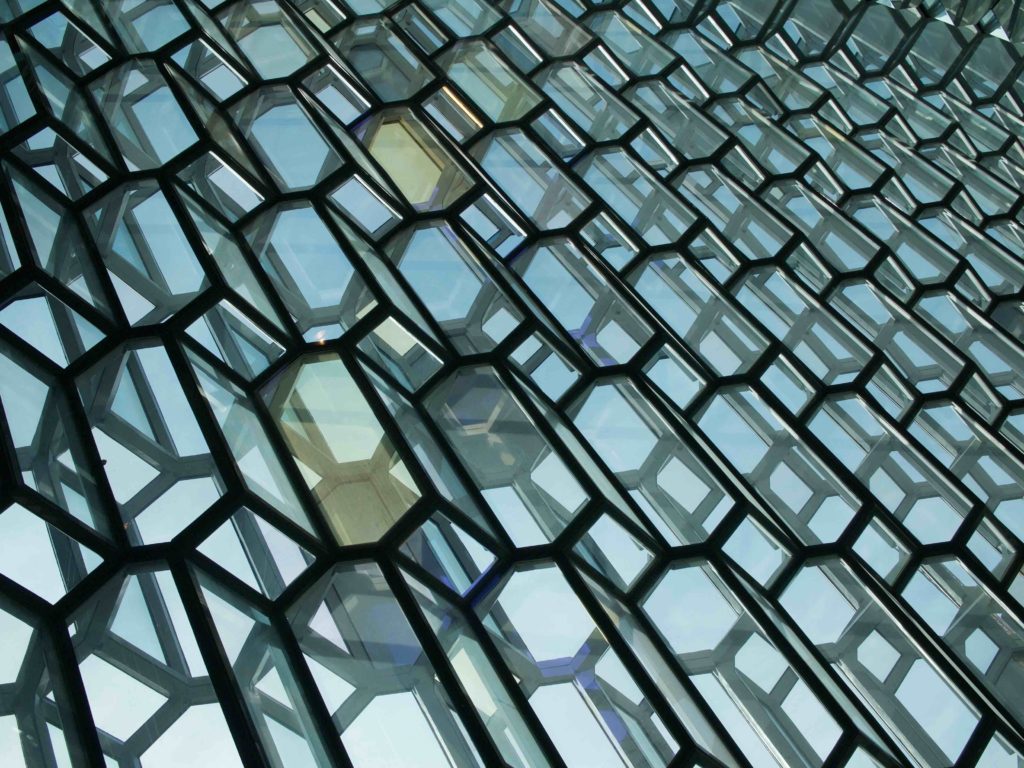I first heard about stone paper in September 2018. A targeted advertisement for the Karst hardcover notebook “with paper made from stone” popped up on my Facebook feed. I was intrigued but didn’t immediately order the product because $30 for a notebook is a lot of money no matter who you are.
But I kept on seeing those Karst ads on my feed and finally on Black Friday they took 10% off and I got a dot grid hardcover notebook for myself and a pocket journal for my son.
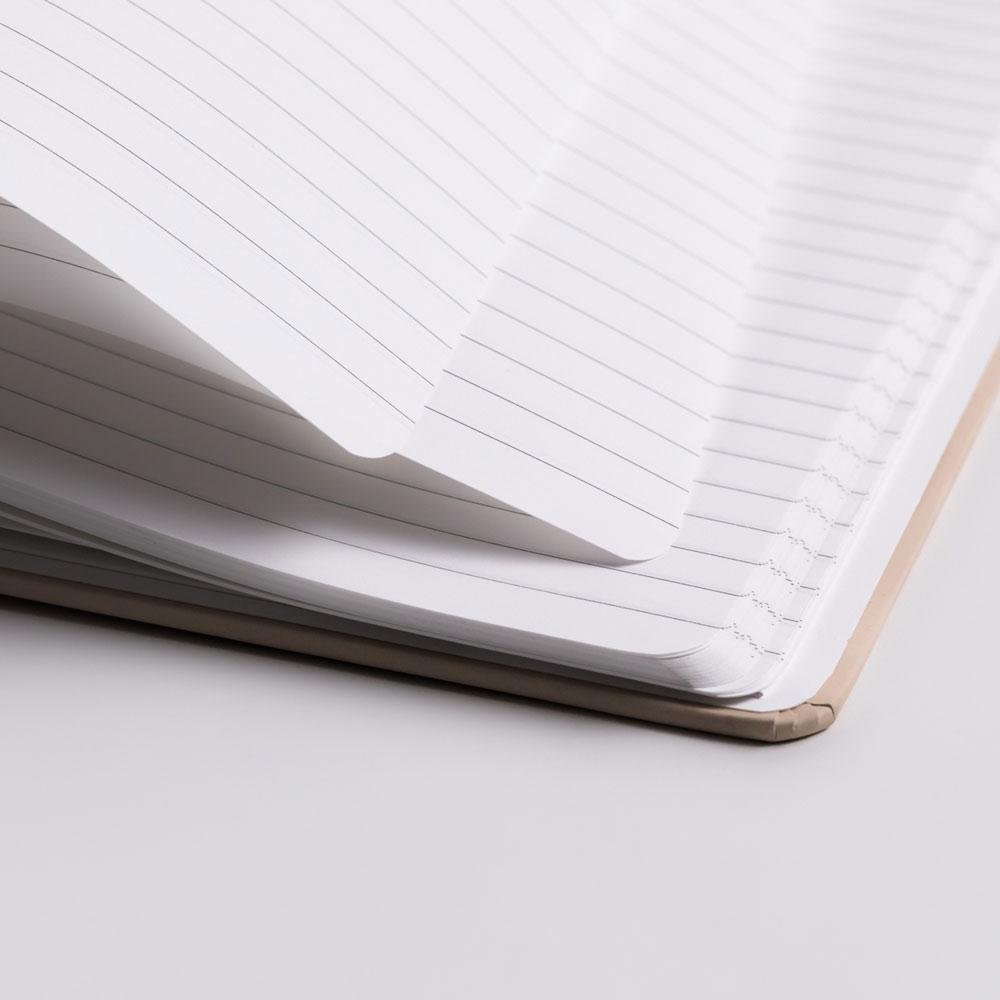
The Karst notebook was my first experience with stone paper. I'd compare the quality to moleskin notebooks (I’d say it’s probably better made). It is rather pricy and in looking for less expensive stone paper alternatives I found out that not all stone paper is equal (more on that later).
I got bit by the stone paper bug and was curious to learn more about this product.
What is stone paper made from?
Stone paper is made from calcium carbonate and plastic - marble debris from mining and high-density polyethylene (HDPE), either virgin or recycled. The calcium carbonate is ground into a fine powder and mixed together with the HDPE in an 80/20 mix.
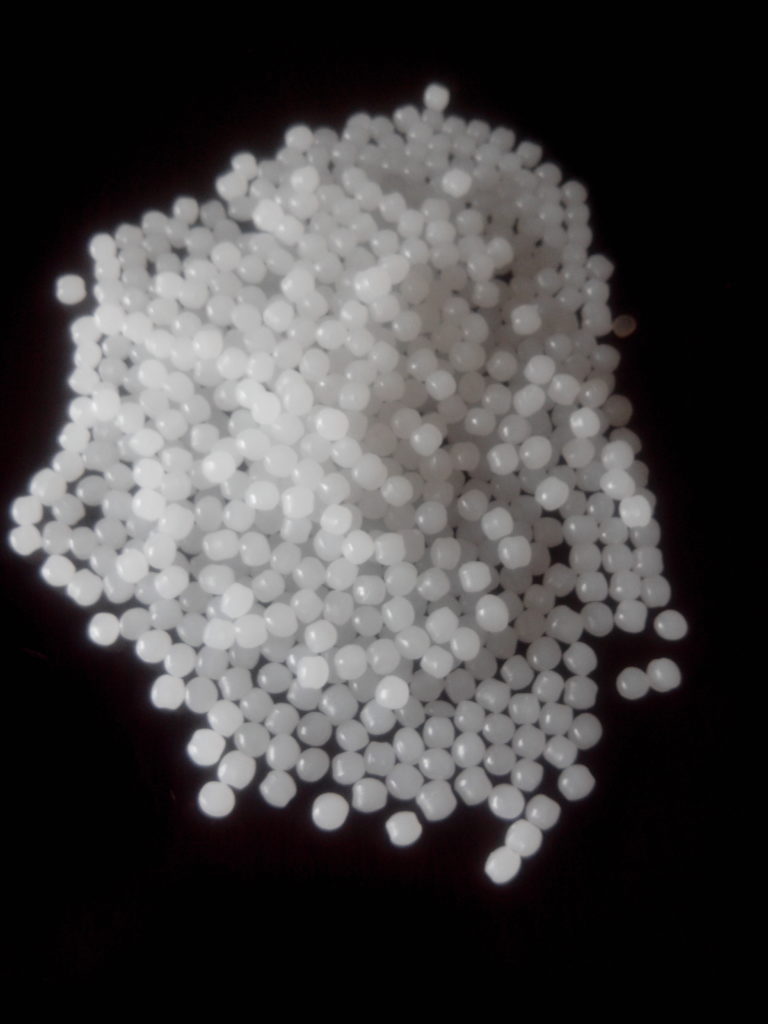
This results in "paper" that is quite durable. Stone paper shows resistance to oil, tearing, and water. Furthermore ink tends to resist running if it subsequently gets wet. So it's great for outdoor environments like construction sites.
Stone paper feels grippier than traditional paper. The texture is similar to ultra-fine grit modeling sandpaper. I like writing on it with a pencil or a pen but would not recommend using a fountain pen type of liquid ink - probably depends on the quality of the ink you use - because what I said before about the ink not running, might not be completely the case with this type of ink. . It does have some very interesting potential with the use of alternative writing instruments. (again, more on that later).
Is stone paper really environmental?
This product is touted as being good (or at least better) for the environment than traditional paper. Karst says, "It's made without timber and water, without chlorine or acids, without waste, and uses only a third of the carbon footprint of traditional paper."
However stone paper is 20% HDPE plastic which has to come from somewhere. That somewhere is natural gas. This is a local issue for me. Currently under construction just outside Pittsburgh in Beaver Township is the Shell ethylene cracker plant. That plant will turn the shale gas from the Marcellus into ethylene, from where HDPE is derived. Future stone paper products could very well be made from natural gas extracted right here in Pennsylvania.
So overly boosting the environmental aspects of stone paper runs the risk of being nothing more than green marketing without actual environmentally responsible practices.
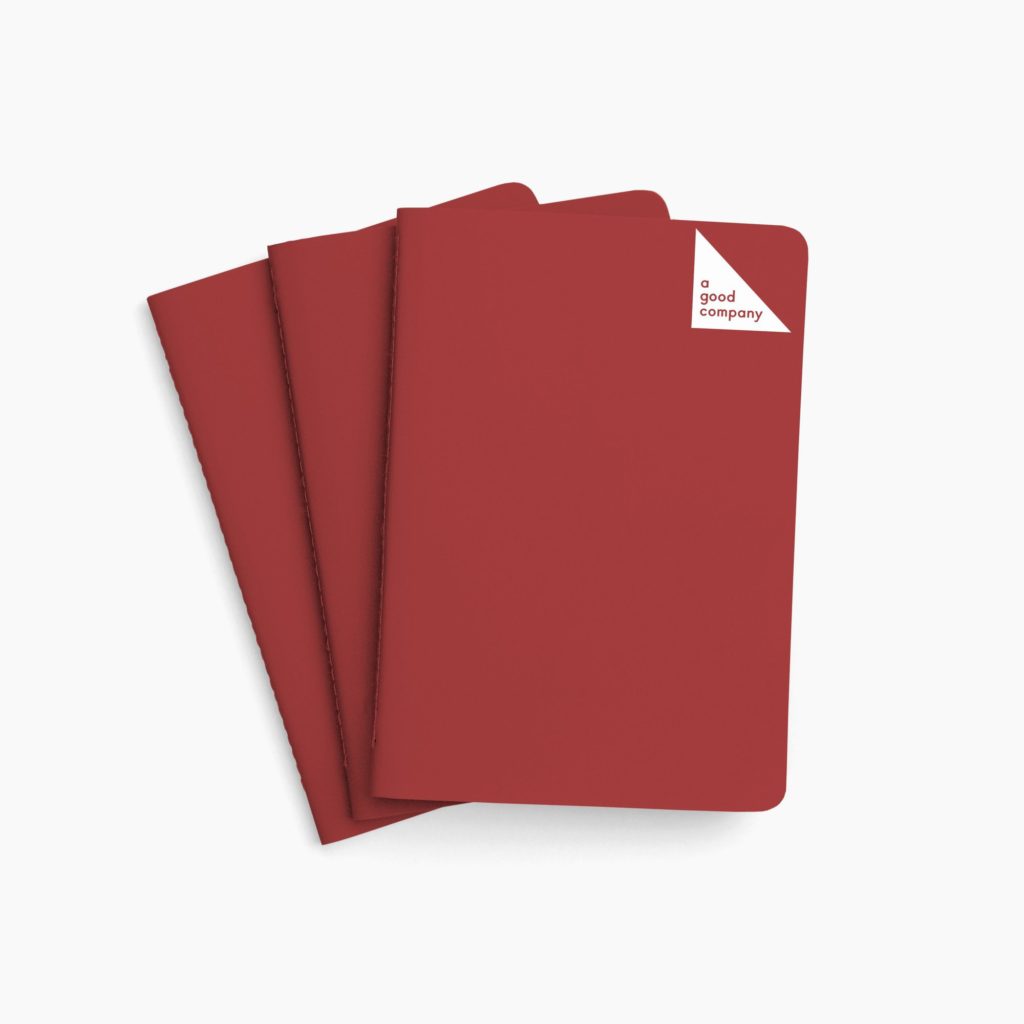
Thankfully, the stone paper products sold by A Good Company have considered this and have real green credentials. In addition to the above noted manufacturing benefits, their notebooks have undergone Cradle to Cradle certification and they use carbon offsets to compensate for the CO2 emitted from the production and shipping of their products. They also use in house designed stone paper shipping bags that can be reused or recycled.
Stone paper is also photodegradable after a year to a year and a half of exposure to the sun. But if there's no sun, there's no degradation so if it's in a landfill it's locked there. It's also not clear, where the HDPE goes if it is left to photodegrade. Do the HDPE microplastic particles persist in the environment? I don't know. I'd like to though.
What stone paper products do you recommend?
I have used stone paper produced by three different companies - Oxford, Karst, and A Good Company.
Stay tuned for my forthcoming review.
